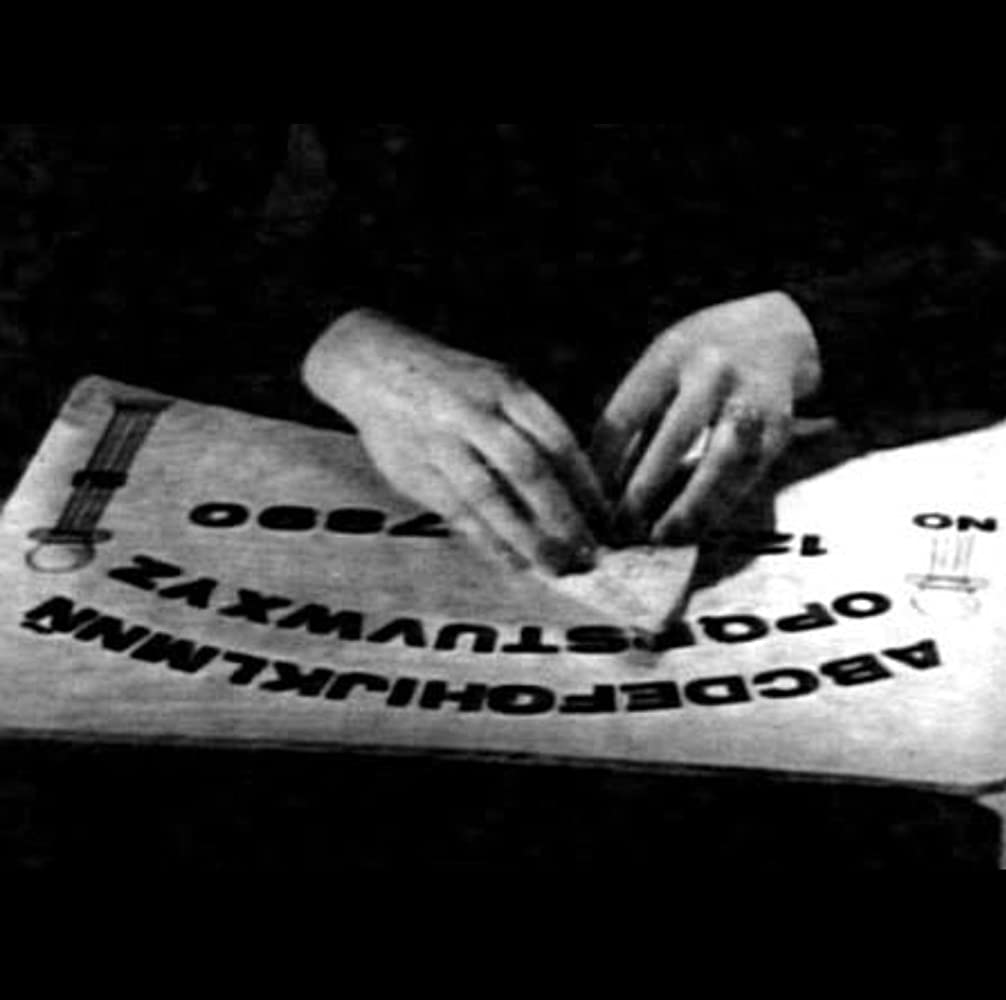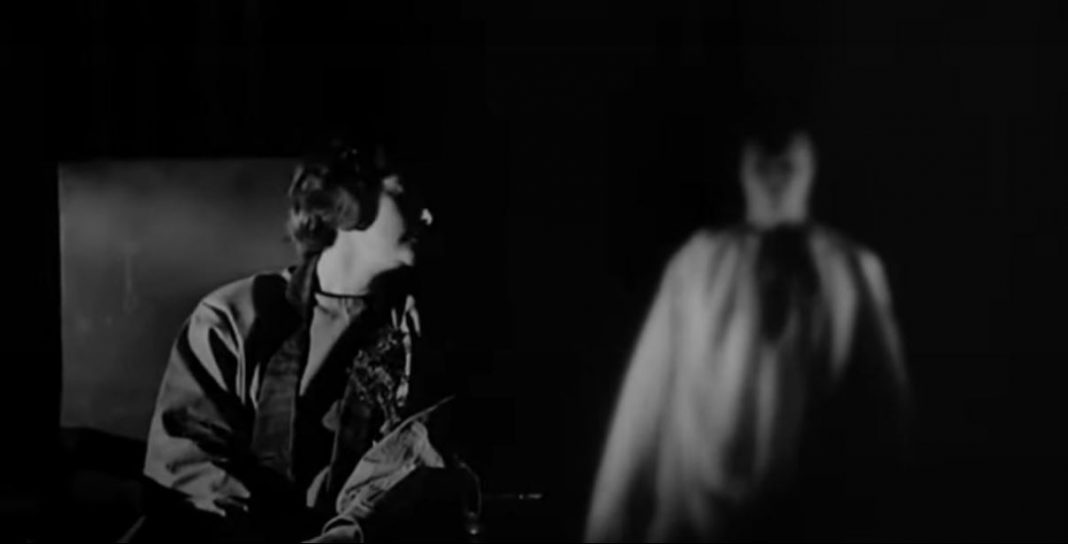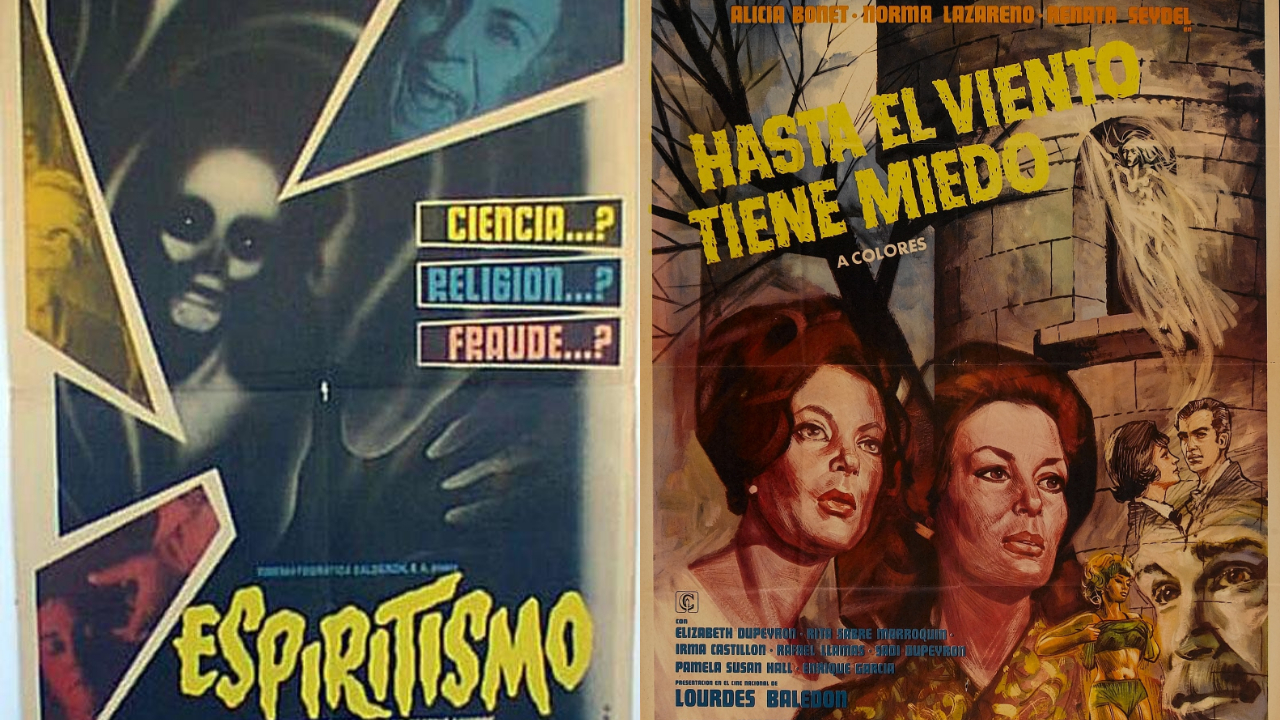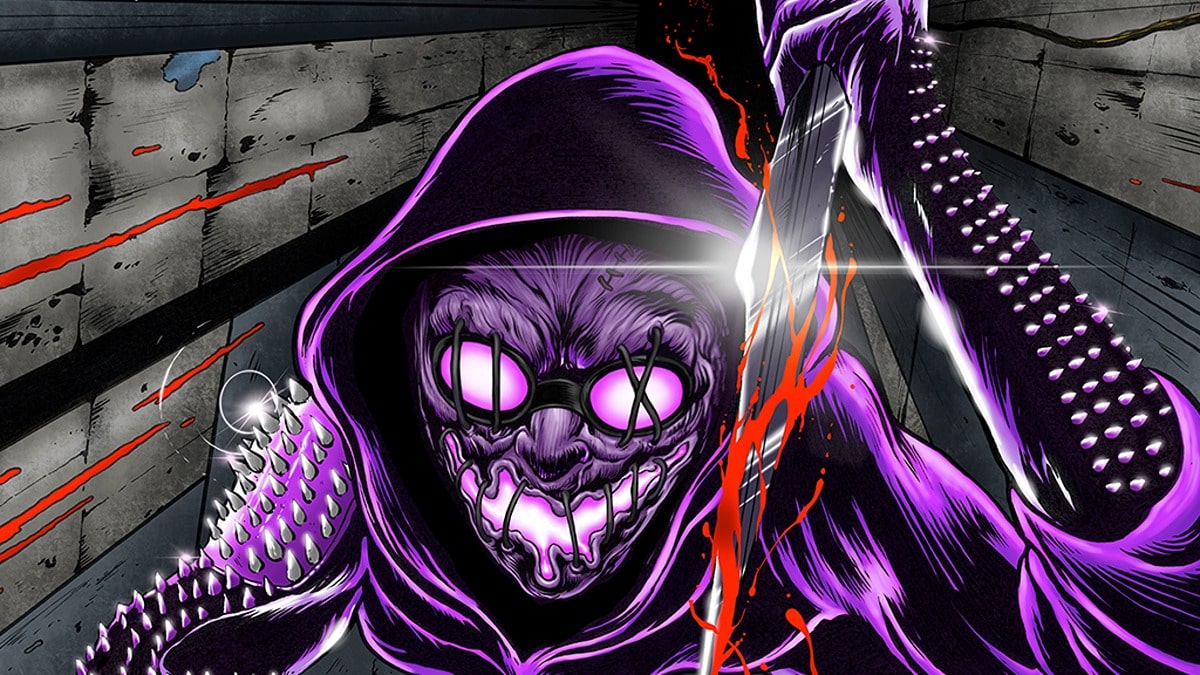Mexican horror cinema has a unique relationship with ghost stories. They value the hauntings of controversial social traditions and perceptions such as those surrounding innocence and religious practice (especially within the Catholic church) rather than the cheap thrills of jump scares and ultra-gory violence. This applies to the masked luchador horror movies as well, in which the legendary El Santo and other lucha libre hall-of-famers took on vampires, werewolves, and mummies. There’s a fair amount of myth-making in these movies and it basically puts them on a category all of their own.
Mexican ghost films take a more dark fairy tale approach to horror, traces of which we can see in the films of Guillermo del Toro. They might be moralistic to an extent and they focus more on how people become their own monsters, but they go lengths to create creepy imagery that can hold its own with the creepiest in horror cinema.
Carlos Enrique Taboada’s Hasta el viento tiene miedo (1968) and Benito Alazraki’s Espiritismo (1962) are the prime examples of this and it just so happens that they make for a devilishly scary Mexican horror double feature.
Both films are available in their entirety on YouTube, for free. The horror gods thought it necessary to let these classics be available for the masses with no extra strain on their wallets. For those interested in diving head-first into these two ghost stories that play around with genre conventions and bring in other aspects of the paranormal into them, I recommend watching Hasta el viento tiene miedo first. The title translates to Even the Wind is Afraid and it delivers on the promise of fearful winds.
Taboada’s ghost story about a dead student’s angry spirit in an all-girls school that haunts and possesses another student to get her revenge on their cruel head mistress is the more vibrant of the two. The sound effects are especially impressive as they take the title to heart. The wind signals the witching hour and it sounds like a continuous muffled scream when it picks up on-screen. It’s unsettled and desperate to distance itself from the haunted school.
The cast of female students are all well-developed and they do a great job of showing their concern and fear when someone gets in trouble, both of the real and paranormal kind. The scares are subtle but well placed and the mystery behind the possession of a student keep the creepiness factor on a constant high. Gothic elements abound and a satisfying finale make Hasta el viento tiene miedo a strong first offering for the double feature.
Espiritismo is a bit less urgent with its terror and it takes more time building up to the scary stuff, but once it gets there it lets its spirits roam free for some truly haunting imagery. The movie follows a rich Mexican family that gets involved with spiritism (hence the title). They join a group that summons spirits to help them accept their deaths. Problem is, someone from the family wants to commune with the forces of darkness to dodge financial ruin.
The movie is a cautionary tale in the tradition of films such as Reefer Madness, where the story centers on a corrupting influence threatening to tear the very fabric of society apart. In Reefer Madness it was the use of marihuana amongst young people. In Espiritismo it’s the danger of turning one’s back to the Christian faith in order to pursue one’s desires by aligning with dark forces.
The story’s scarier bits lie in its séance sequences. Each spirit that gets summoned materializes into a blurred version of themselves when they were alive and they are downright eerie. There’s just a hint of physical definition, but their faces are almost entirely blank and they speak through a medium that also captures their personalities.
Religious imagery and afflicted spirits dance around the scenery at certain points and the overall sense of phantasmagoria in the room where everything takes place is designed to stick with audiences way after the movie’s credits have come and gone.

There’s no time like the present to watch these movies, especially when the present is the Halloween season. One bit of bad news, though. These movies, while free, do not come with English subtitles, at least in the versions that I came across. Try and do some digging to see if you find the subtitled versions.
Regardless, make a double feature out of these two classics of Mexican horror cinema. They offer the promise of a deep haunting or two and they show just how much of an influence they had on future generations of horror filmmakers.









